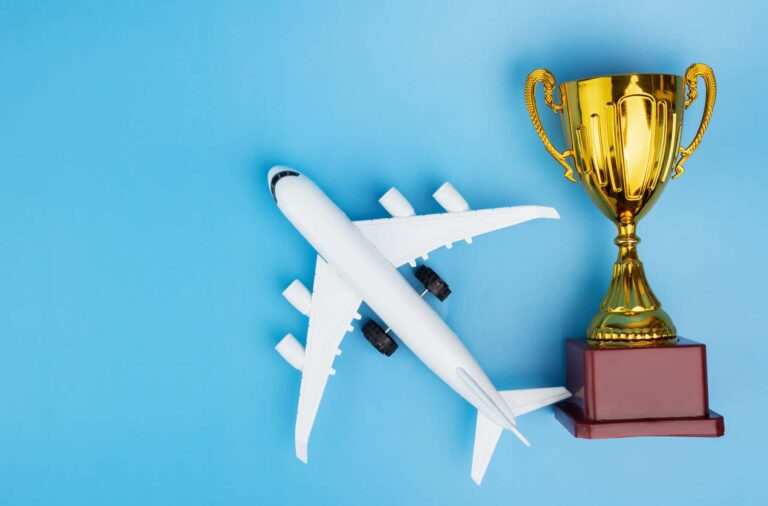There’s a resurgence in the air…
All over the world, airports are seeing increased traffic as more passengers move through them than ever before. The International Air Transport Association (IATA) recently announced global traffic in 2017 rose by 7.6%–well above the 10-year average annual growth rate of 5.5%. This surge in traffic would appear to be great news for airport leaders as they’re constantly seeking to remain financially stable. But while airports are enjoying rising passenger traffic, their bottom lines are under attack.
“Improving all aspects of the passenger journey will lead to higher customer satisfaction and positive economic benefits.” – ICF Olson
A disruptive force…
By the year 2030, the Ride Share industry will drive $285 billion in revenues. Companies like Uber and Lyft have taken a large portion of the revenues that had in years past been designated for taxis. The taxi industry was the first to feel the brunt of the Rideshare revolution and now, it has set its sights on airports.
The Federal Aviation Administration (FAA) reported airports generated $9.6 billion in revenues during 2017. Of that, 42% or $4 billion came by way of parking and ground transportation fees. Parking and ground transportation revenues have declined by an annualized rate range of 3% to 7% since 2014 when Rideshare apps became prevalent. If this trend were to continue, parking and ground demand at airports could be cut in half in 14 years.
The growing popularity of ride-haling services will threaten those two revenue streams. Passengers are choosing ride share options for a number of reasons.
- Rideshares are safe and reliable. Drivers know that since they’re being graded on these variables, they focus on these areas.
- Rideshares are convenient and offer a faster response time than traditional taxi and ground transportation services.
- Rideshares are comfortable and more economical.
- Rideshares are committed to being attuned to passengers and evolve with their needs.
There are several things airports can do to offset losses in revenue including:
- Learn about the traveler journey: Airport traffic has changed and so has the needs of the traveler. Understanding what today’s traveler needs will increase traffic, drive more fees, and offset the impact of rideshare apps.
- Present cleaner environments: From the time a plane lands, many travelers are looking to exit as quickly as possible. Travel can be time-sensitive but with a clean environment, travelers are more apt to spend time in retail shops and restaurants.
- Develop parking loyalty programs: Parking loyalty programs that focus on the independence of driving as opposed to ride sharing. Offering this at a reduced rate will make a program like this even more attractive.
- Educate travelers: Make sure your travelers understand the net profit and loss and what they’re really getting from a rideshare application as sometimes customers may leave the airport faster but sit in traffic longer — so is taking that rideshare really worth it?
Passengers are the lifeline of airports and their needs are changing. Airports must understand this and become proactive in the way they go about satisfying them. This includes the pre and post travel transit.
Technology is constantly evolving and today’s passengers have embraced it. This includes TCNs that have successfully tapped into the lives of today’s passenger. Finding cost effective ways to compete or co-exist with them will be important for airports going into the future.
Re-purposing garages that are now operating at less than capacity is another option for airports looking to overcome lost revenues. More retail opportunities or possibly expanding to offer lodging are viable and should be given thought. To remain viable and protect their bottom
lines, airports must embrace new ways of thinking that equip them to compete in this passenger-centric industry.
Download Now!
Take the Attack of the Rideshare Apps with you, download a PDF version of it now.
Subscribe Now!
Stay up to date with the latest facility management tips and news.





